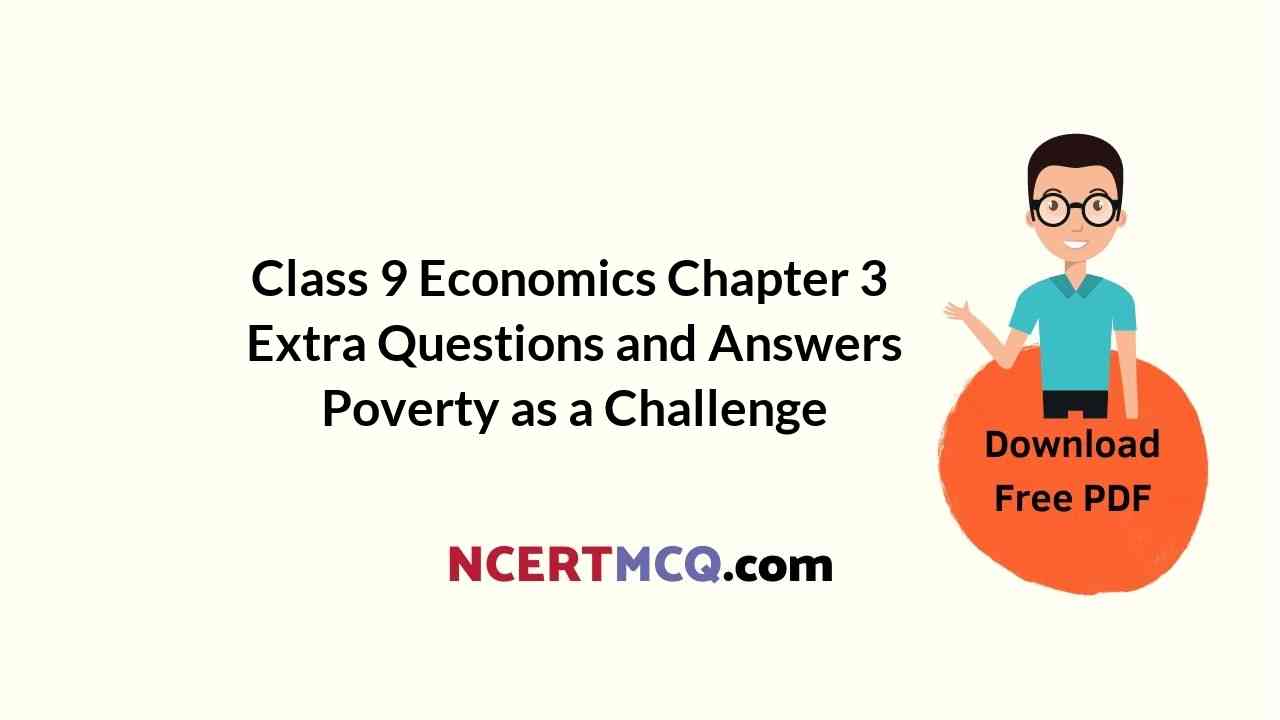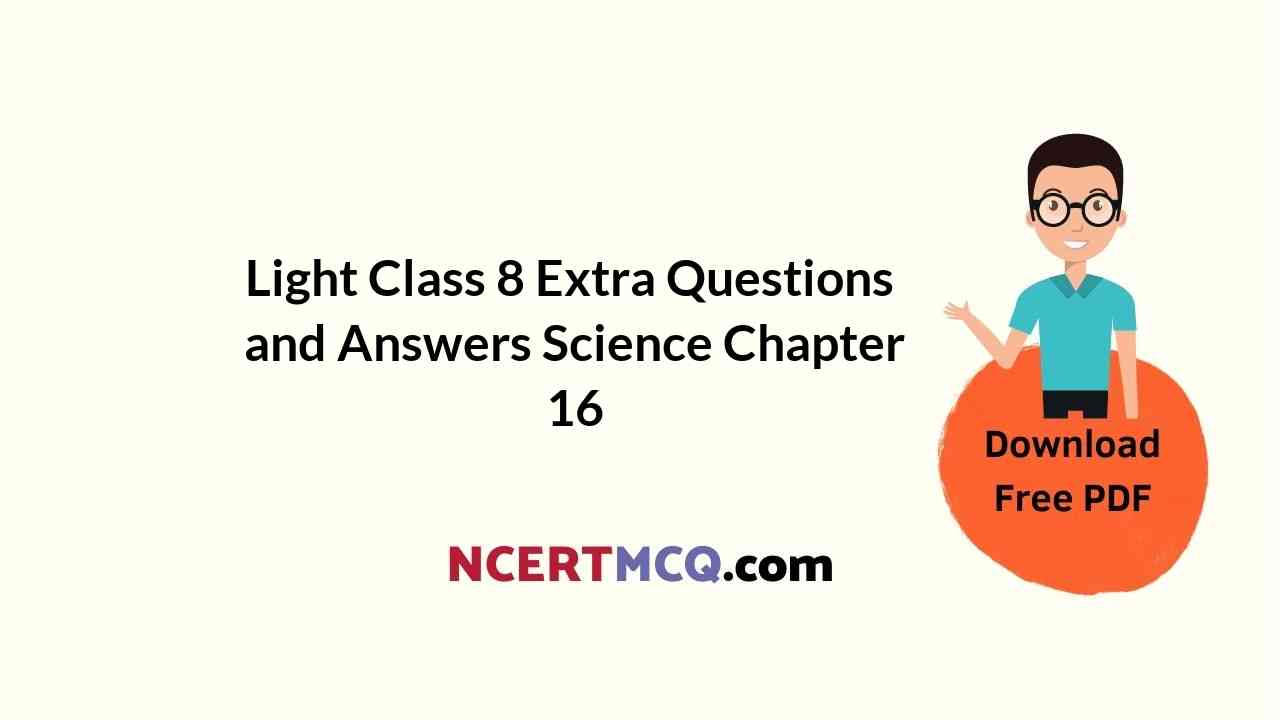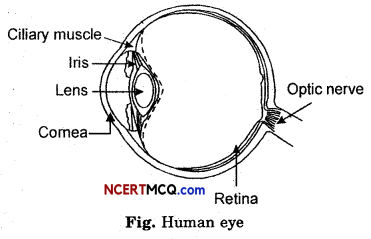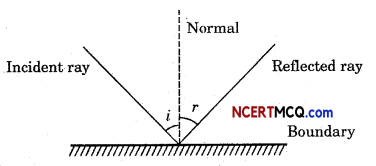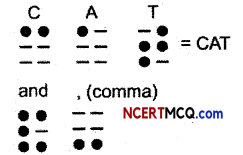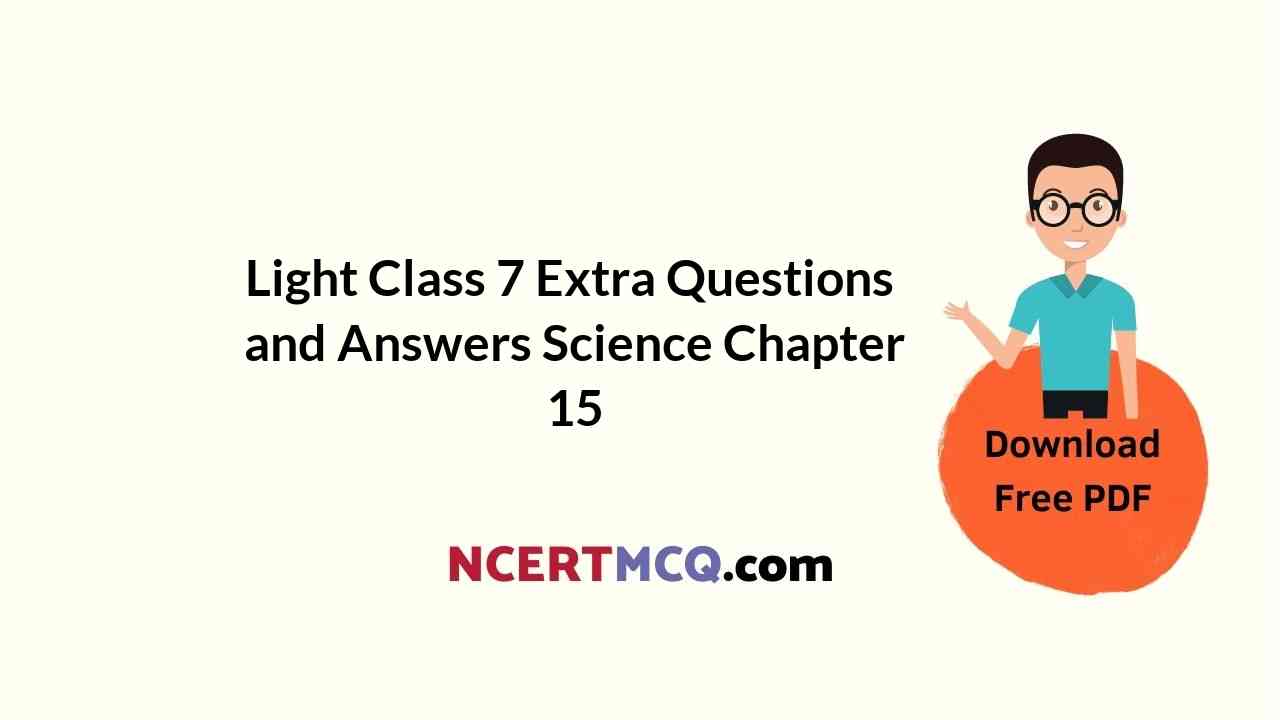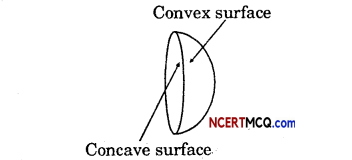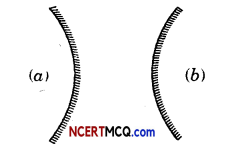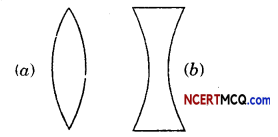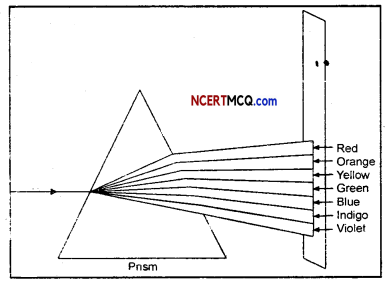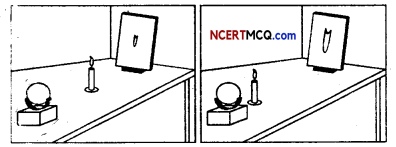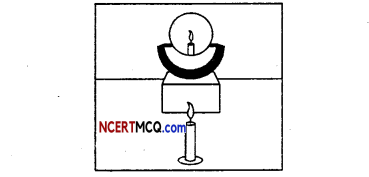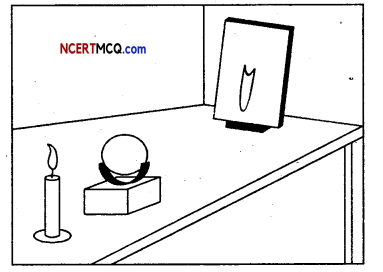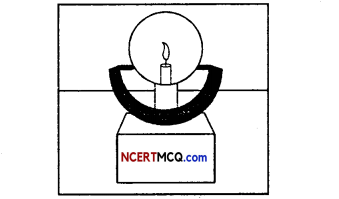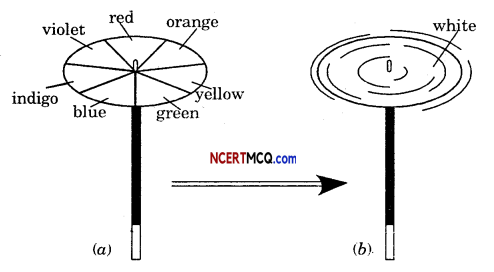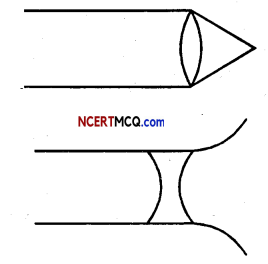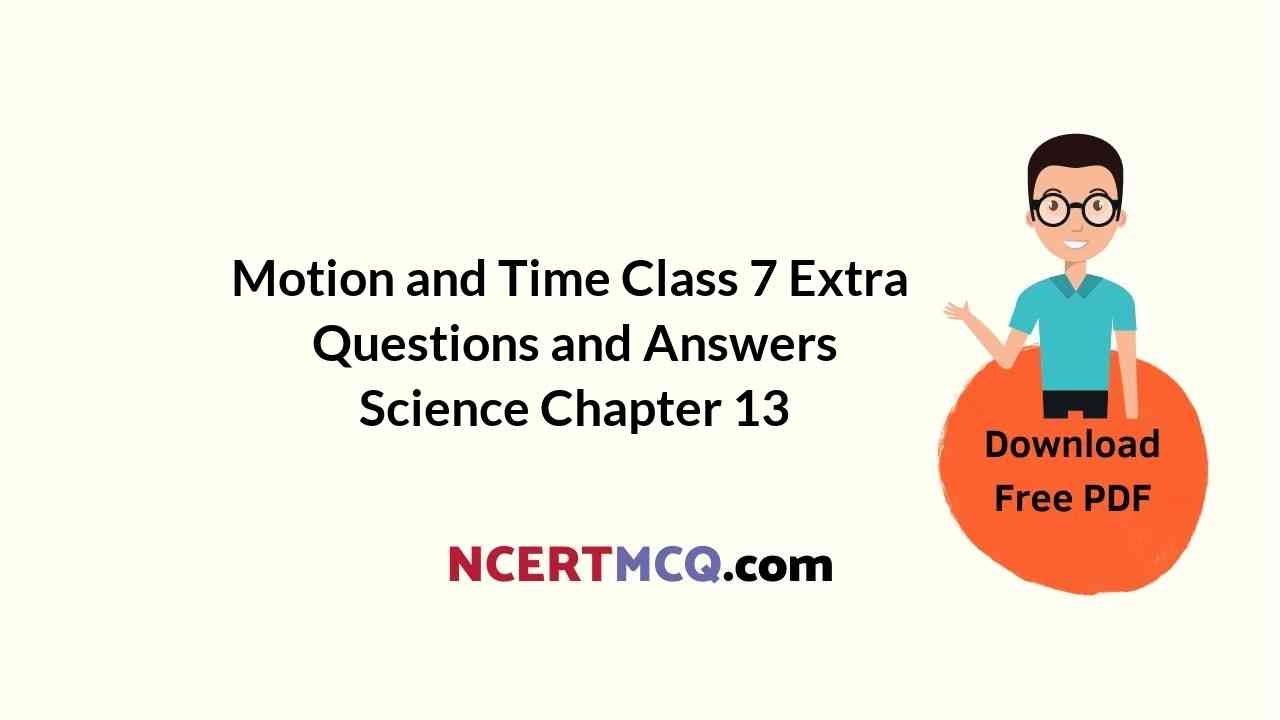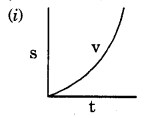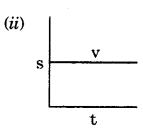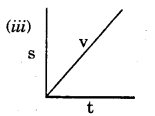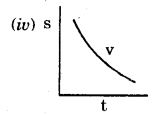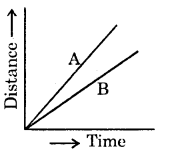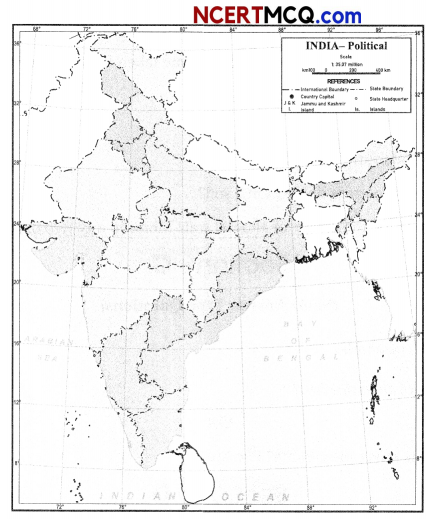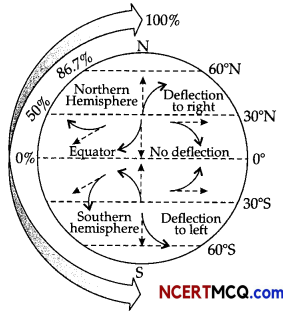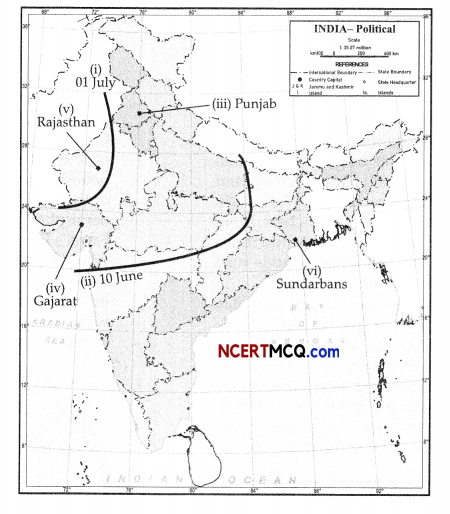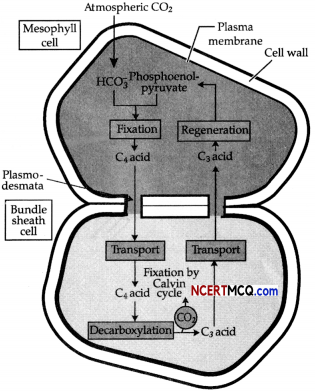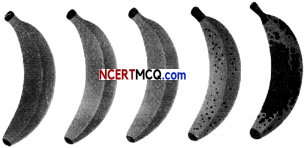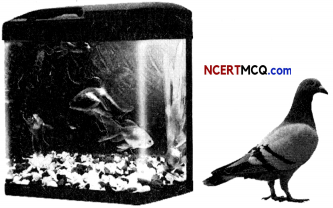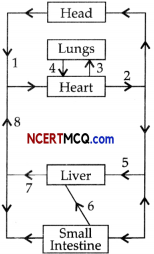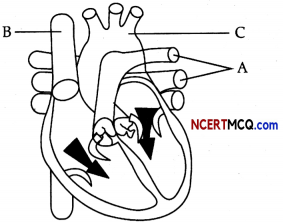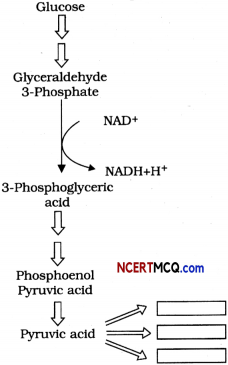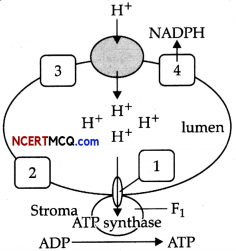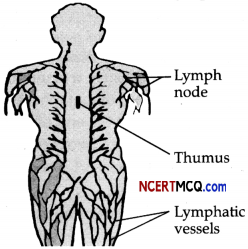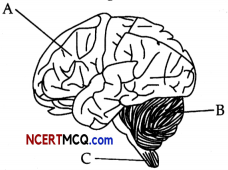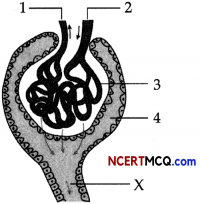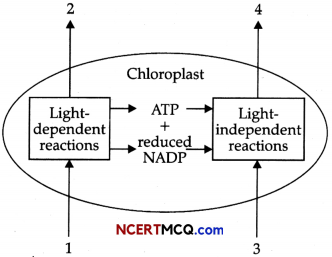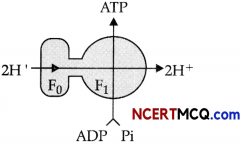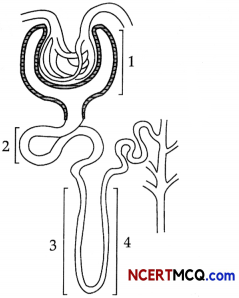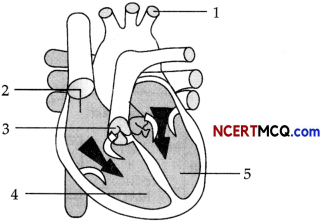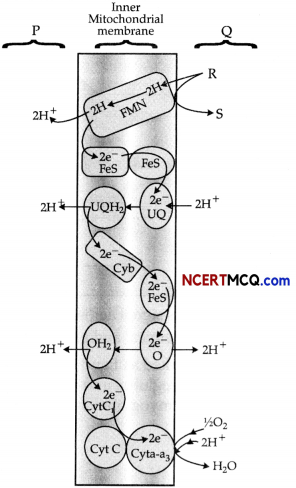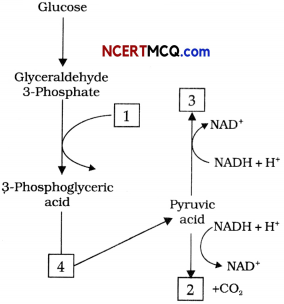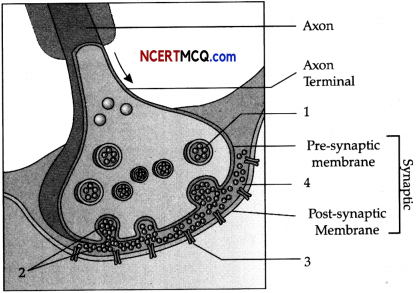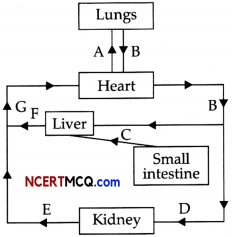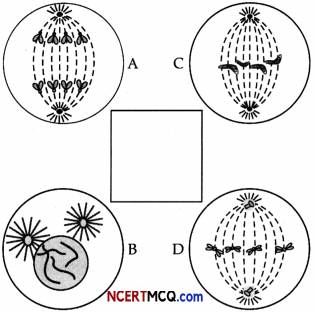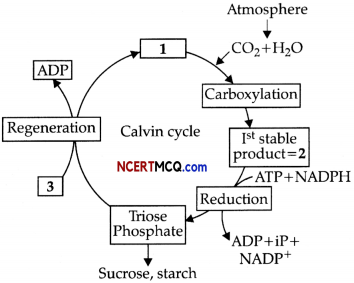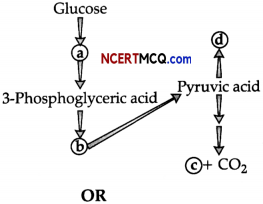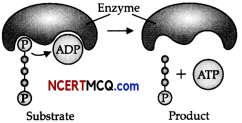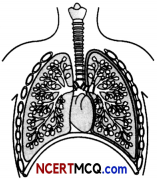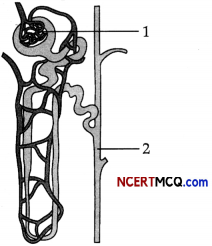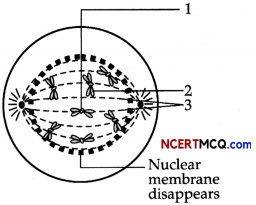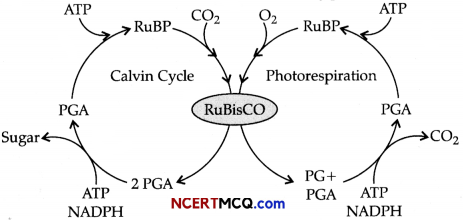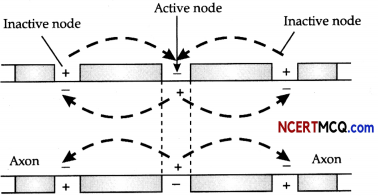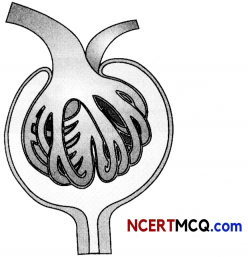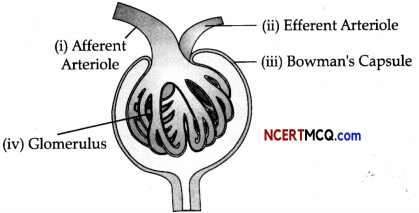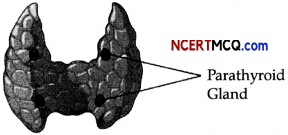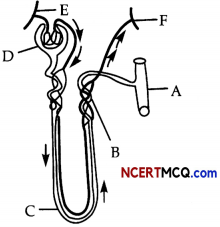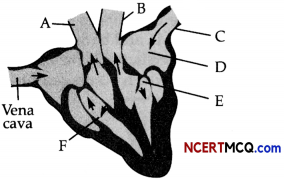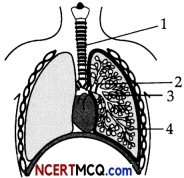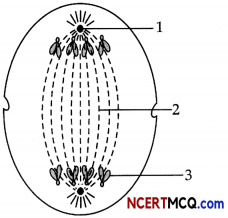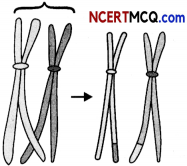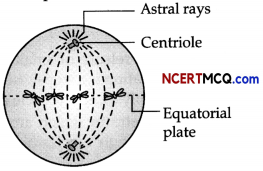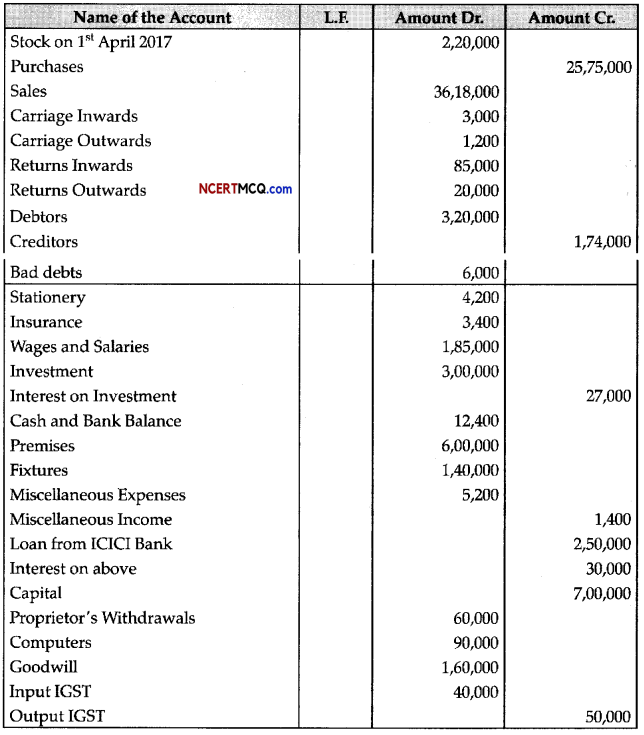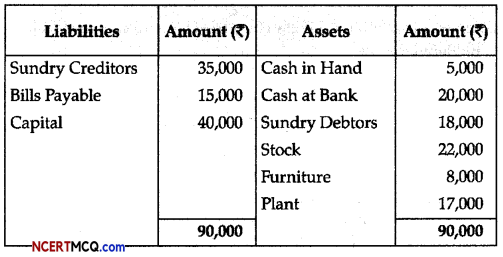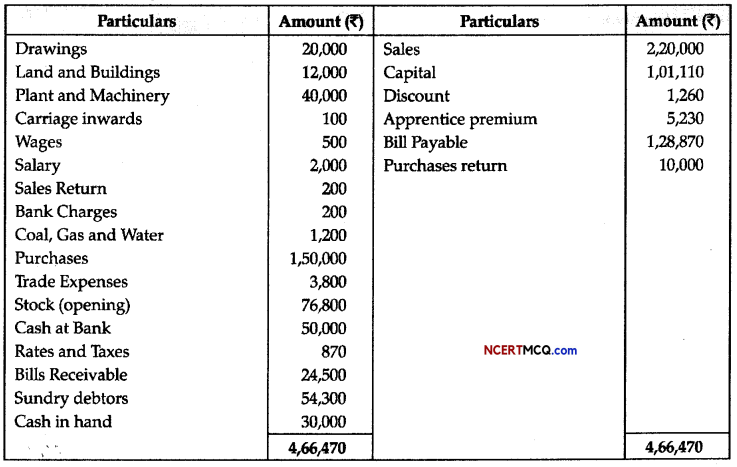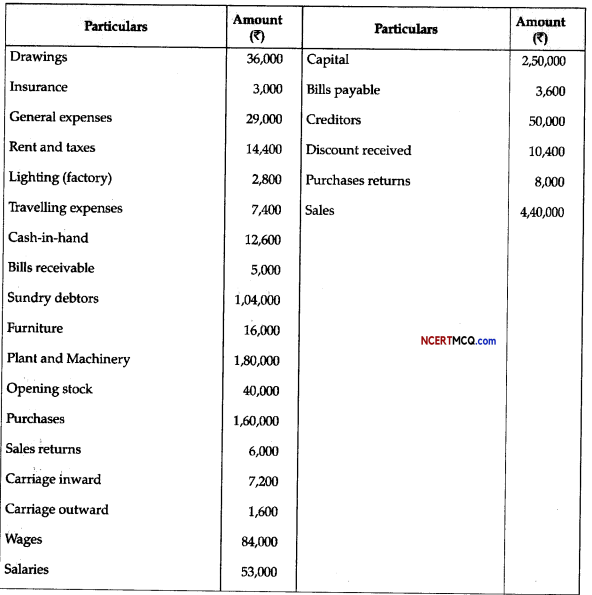Online Education for Poverty as a Challenge Class 9 Extra Questions Economics Chapter 3
Question 1.
What is poverty?
Or
Explain the term ‘poverty.
Answer:
Poverty means a situation in which a person is unable to get minimum basic necessities of life i:e. food, clothing and shelter for his or her sustenance.
Question 2.
What is poverty line?
Answer:
Poverty line is referred to as minimum requirement for basic necessities.
Question 3.
Mention two measures to alleviate poverty in India.
Answer:
Measures to reduce poverty in India are-
- to create more employment opportunities.
- to check the growth of population.
Question 4.
How social scientists look at poverty?
Answer:
Social scientists look at poverty through a variety of indicators. Usually, the indicators used relate to the levels of income and consumption. But now the poverty is looked through other social indicators like illiteracy level, lack of general resistance due to malnutrition, lack of access to health care, lack of job opportunities, lack of access to safe drinking water etc.
![]()
Question 5.
Who estimates poverty line in India?
Answer:
National-sample survey organisation.
Question 6.
What is the poverty line for a person according to the 2000 census?
Answer:
According to the year 2000, the poverty line of a person is Rs. 328 per month, for the rural areas and Rs. 454 for urban areas.
Question 7.
Mention the three most poor states of India.
Answer:
The there most poor states of India are Orissa, Bihar and Madhya Pradesh.
Question 8.
What is the poverty line an defined by the World Bank?
Answer:
Poverty line as defined by the world bank is the people living on less than per day.
Question 9.
How does growth rate in population increase poverty in a country? Explain.
Answer:
Population growth is one of the major causes of unemployment in India: When the number of people increases in a country much faster than the increase in employment opportunities, that situation may lead to unemployment. Since the pressure of population on agriculture/primary sector is already very high, the responsibility of creating new jobs is to be borne and shared by the secondary and tertiary sector.
Question 10.
Explain the term ‘poverty?
Answer:
Poverty is a situation in which a person is unable to get minimum basic necessities of life, i.e. food, clothing and shelter for his or her sustenance. Such people are called as poverty-ridden or people living below poverty line.
When a larger section of the people in an economy is deprived of these basic necessities that economy is said to be in mass poverty. During 1999-2000, approximately 26 crore people in India were reported to be poverty-ridden.
![]()
Question 11.
Explain any four causes of poverty.
Answer:
Four causes of poverty are-
- Unemployment-When With the increase in population, employment opportunities does not grow at the same rate, it results in poverty.
- Social factors-Social factors like illiteracy, ignorance; fatalism and joint family system have stopped from adopting modem ideas and techniques so that they could not increase their income.
- Underutilised natural resources-The resources have not been, fully utilised. The bulk of our resources are still lying unused.
- Backward agriculture-There is lack of basic facilities like water, fertiliser, pesticides etc. The productivity is low and Indian farmer remains poor.
Question 12.
Explain structural and cyclical unemployment. Give one example of each.
Answer:
Structural unemployment-If in an economy, there is no capital or resources to provide employment to all the labour force that situation is referred to as structural unemployment. The nature of unemployment in India is partly structural. “India does not have sufficient capital to employ labourers working in agriculture.
Cyclical unemployment-When there is unemployment due to shortage of demand for %oods, it is referred to as cyclical unemployment. It generally occurs in capitalist countries.
Question 13.
Explain any two measures undertaken by government to alleviate poverty in rural India.
Answer:
Programmes started by government to alleviate poverty in rural/ areas are as follows-
Swaranjayanti Gram Swarojgar Yojana-The objective of the programme is to help the existing poor families to come above the poverty line. It is actually a sponsored scheme and is in operation in all – the development blocks of the country since 1980. Under it families below poverty line are provided financial assistance.
The objectives of the programme is, to give employment, to those, men and women who do not get sufficient days of employment in rural areas. This programme aims at creation of community assets such as Social forestry/ soil conservation, minor irrigation projects, and renovation of village wells, rural roads, schools etc.
Question 14.
What are the methods to measure poverty line?
Answer:
Methods to measure poverty line-
- Expenditure method-Firstly, for each person the minimum nutritional food requirement for survival is measured. Then it is converted into equivalent money value i.e. rupees. Apart from food, money required for other items is also added into it. This total equivalent amount is considered as poverty line. An those families which spend less than the poverty line, are considered as below poverty line families.
- Income method-In this method, all those families whose total income in a month is less than foe poverty line as fixed- by the government are considered to be below poverty line. families.
Question 15.
How did government table problems of poverty in foe initial stages of economic planning?
Answer:
In the initial, stages of. economic of poverty from four dimensions, as given below-
- The government believed that efforts towards developing foe heavy industries and green revolution would create employment opportunities and incomes, which would lead to rapid economic development
- Several land reform measures such as abolition of zamindari system, security of tenant farmers against eviction, fixation of rents, ceilings on land holdings and distribution of surplus land etc.
- Small scale and cottage industries were encouraged.
- An attempt was made to reduce gap between rich and poor through income and wealth redistribution.
![]()
Question 16.
Explain social exclusion concept of poverty.
Answer:
According to this concept, poverty must bee seen in terms of the poor having to -live only in a poor surrounding with other poor people, excluded from enjoying social equality of better-off people in better surroundings. Social exclusion can be both a cause as well as a consequence of poverty in foe usual sense. Broadly, it is a process through which individuals or groups are excluded from facilities, benefits and opportunities that others enjoy.
Question 17.
What is vulnerability?
Or
Explain the concept of vulnerability.
Answer:
Vulnerability to poverty is a measure which describes the greater probability of certain communities or individuals of becoming or remaining poor in the coming years. Vulnerability is determined by the finding an alternative living in terms of assets, education, health and job opportunities. Further, it is analysed on the basis of greater risks these groups face at the time of natural disasters. Additional analysis is made of their social and economic ability to handle these risks.
Question 18.
How indebtedness of farmers is responsible for poverty?
Or
How indebtedness of fanners is both the cause and effect of poverty?
Answer:
Small farmers need money to buy agricultural inputs like seeds, fertilizer, pesticides etc. Since poor people hardly have any savings, they borrow from money-lenders. Money-lenders give them loan at very high-interest rates. Therefore, they are unable to repay these’ loans because of poverty. They become victims, of indebtedness. So the high. level of indebtedness is both the cause and effect of poverty.
![]()
Question 19.
Examine the causes of poverty and explain any three measures adopted to remove poverty in India. r
Answer:
Causes of poverty-
- Britishers adopted the policy to discourage traditional industries. This has left millions of weavers poor.
- Excessive dependency on agriculture has resulted in low level of income for the rural masses.
- Majority of the rural poor do not have enough land and machinery. They are mostly landless labourers and people without work.
- Social factors like illiteracy, large size of family, law of inheritance and caste system are also responsible for prevalence of poverty-ridden people.
Poverty alleviation programmes-
Swarnajayanti Grain Swarojgar Yojana-It is a centrally sponsored scheme which is in operation since 1980. It provides financial assistance to rural poor.
JawaharGram Samriddhi Yojana-Its objecüve is to generate employment for those men and women who do not get sufficient days of employment in rural areas.
Prime Minister Rozgar Yojana and Swarnajayanti Shahari Rojgar Yojana- These schemes are aimed at the welfare of the educated unemployed in urban areas. It aims to provide self-employment to the educated unemployed in the age group of 18 to 35, particularly, in the urban areas. Employment Assurance Scheme and Pradhanmantri Gramodaya Yojana were launched in 1999 and 2000-01.
